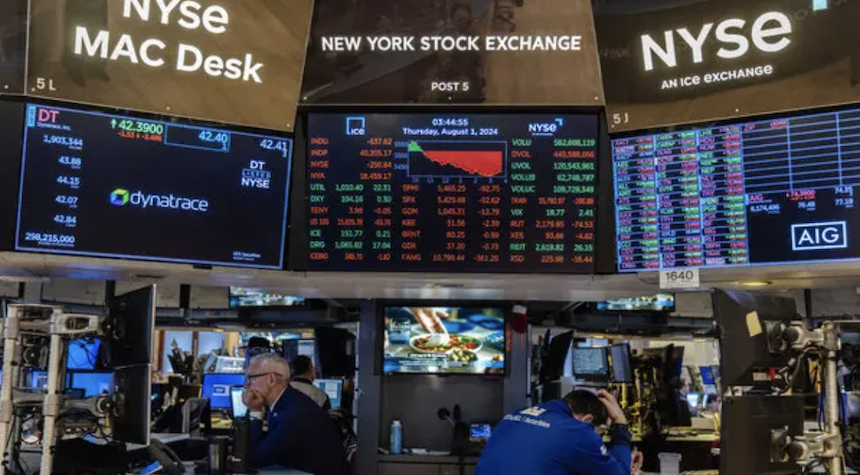Major stock indexes dropped sharply in the morning of Monday, indicating heightened concerns that the U.S. could be heading for a serious recession.
This decline highlights investors’ level of concern, as economic data released the previous week showed that unemployment was rising and that job growth had slowed more than expected. Manufacturers’ surveys also showed a sharp decline in activity, which can be a good indicator of the economy.
According to the Department of Labor (DOL), the economy created just 114,000 new jobs in July. This is significantly less than the 180,000 predicted. The Institute for Supply Management, S&P Global, and the Institute for Supply Management both conducted separate surveys of purchasing managers. Both showed that the factory activity in July had decreased.

After the opening bell, the Dow Jones Industrial Average dropped 2.3 percent. Nasdaq Composite fell by four percent. The S&P 500 dropped by 3.1 percent. Russell 2000, an index of smaller companies, fell by 5.1 percent.
The Cboe Volatility Index, or VIX as it is often called, exploded higher. Before Friday’s sharp increase, the VIX was on a 190-day streak of closing under the historical long-term average of 20. This is the longest time below average since 2018. It reached 55 on Monday morning, its highest level since the pandemic’s worst times.
Federal funds futures are a derivative that allows investors to speculate about Federal Reserve monetary policies. The market now shows that there is a 90% chance that after the September meeting, the Fed will have a target that is a half-point lower than its current benchmark. This could mean a more significant 50 basis-point cut during the September meeting or a very rare cut outside of the scheduled Fed meeting in August.
Politics could be at play. Some election forecasts say that Vice President Kamala Harris is now slightly more likely to win the November elections. Markets had been increasing during the months that Trump was viewed as the winner.

